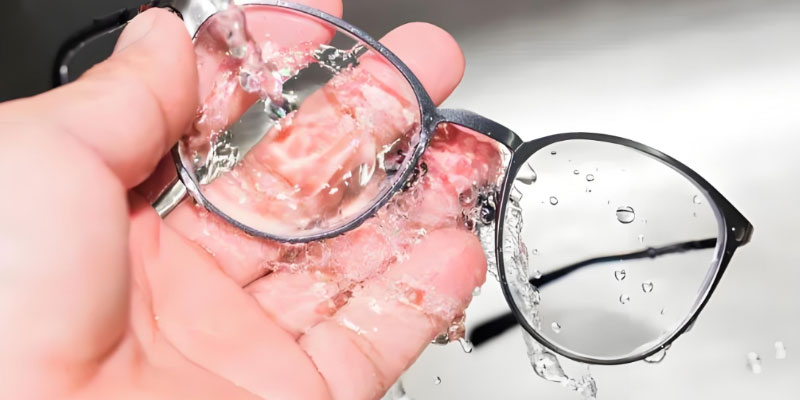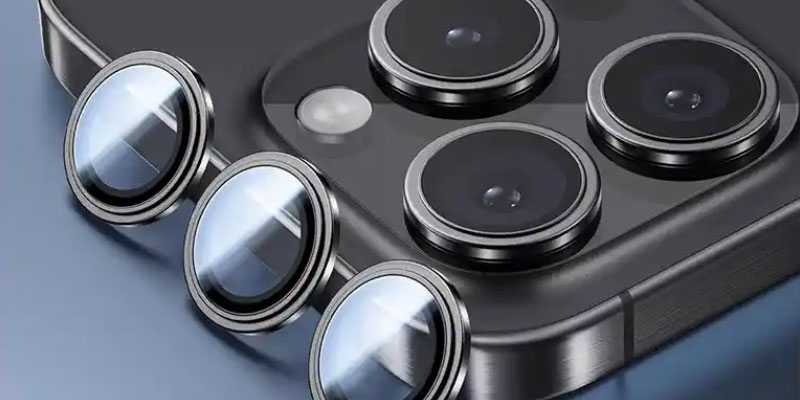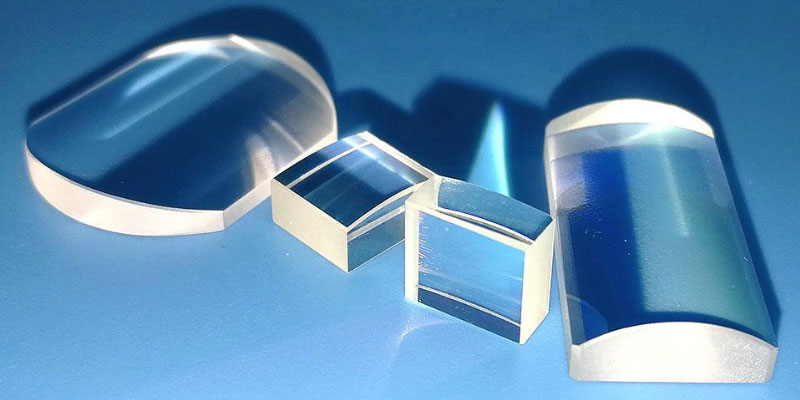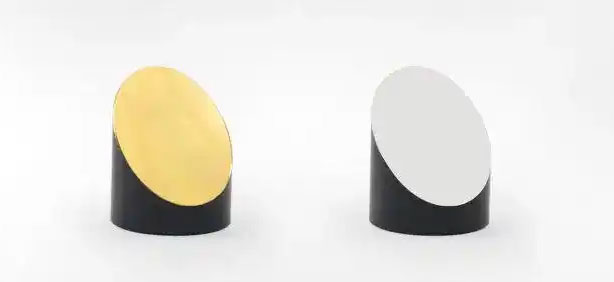
Off-axis parabolic mirrors (Off-axis Parabolic Mirrors, abbreviated as OAP, can also be called OAP mirrors) are surface mirrors whose reflective surfaces are partially intercepted from a parent paraboloid, and which can be utilized to focus a parallel beam or a collimated point light source using the off-axis parabolic mirrors, and whose design is characterized by the fact that the focal point is not in the same straight line as the optical axis, and that the focal point can be separated from the optical path by the off-axis design, i.e., the focal point is separated outside of the optical axis. Its design is characterized by the fact that the focal point is not on the same line as the optical axis, and because of its off-axis design, the focal point can be separated from the optical path, i.e., it is separated from the optical axis. This design gives off-axis parabolic mirrors unique focusing and collimating capabilities.
The use of off-axis parabolic mirrors is ideal for femtosecond pulsed lasers because they do not produce spherical aberration, chromatic aberration, and do not introduce phase delays and absorption losses compared to lenses.

Appearance Description Of Off-axis Parabolic Mirror
Off-axis parabolic mirrors are part of parabolic mirrors that deviate from the center of symmetry of the axisymmetric paraboloid, and its base material is generally aluminum metal, and the surface is machined by precision metal tools, so off-axis mirrors are all working with the principle of reflection, which can eliminate the phase delay and absorption loss of the transmission optical element. The surface roughness of off-axis mirrors has a significant impact on their performance, usually with <50Å or <100Å RMS surface roughness.
Principle of operation
When light rays parallel to the center axis of a paraboloid are incident on an off-axis parabolic mirror, the light rays are reflected and converge at the focal point. Due to the special shape of the paraboloid, the reflected light is able to maintain its directionality parallel to the original incident light, thus realizing aberration-free focusing.
Main Features Of Off-axis Parabolic Mirror
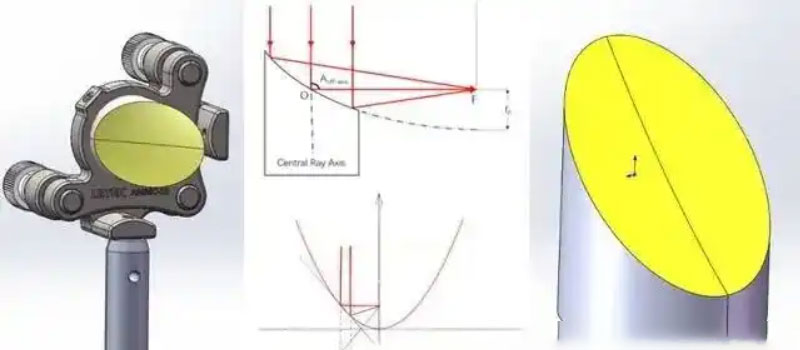
Separation of Focus: The off-axis design allows the focal point to no longer be located on the optical axis, thus avoiding the occlusion problem that can occur in traditional parabolic mirrors and improving the compactness and flexibility of the system.
Chromatic-free focusing: Off-axis parabolic mirrors are capable of focusing collimated beams or collimated diffuse light sources without chromatic aberration due to their reflective design that eliminates phase delays and absorption losses that can be introduced by transmissive optics.
High Accuracy: Off-axis parabolic mirrors are available with high levels of surface accuracy, such as λ/4, λ/8, λ/10, or λ/20, ensuring high quality focusing and collimation of the beam.
Coating Options
Coating options for off-axis parabolic mirrors typically include aluminum, gold, silver, and UV enhanced aluminum. Different coating materials have different reflectance and spectral properties and can be selected based on specific application requirements. For example, silver coatings have high reflectivity in the visible and near-infrared wavelengths, while gold coatings perform better in the longer wavelengths of the infrared band. Below are some wavelength references for coating types!
UV Enhanced Aluminum Coating (250~450nm)
Silver Coating with Protective Layer (450nm~20μm)
Aluminum Coating with Protective Layer (450nm~20μm)
Gold Coating with Protective or without Protective Layer (800nm~20μm)
Off-axis Parabolic Mirror Application Areas
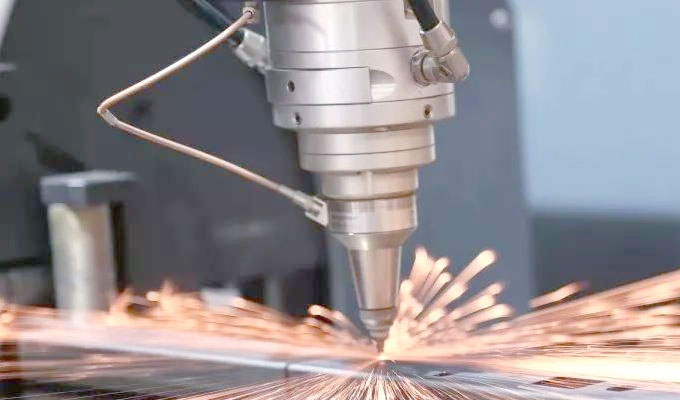
Off-axis parabolic mirrors are widely used in astronomical observation optics, spectroscopic detection, astronomical telescope systems, targeting instruments, beam expanders, infrared systems, Concentrating solar systems, projection systems, and transmitter/detector equipment. Compared to lenses, the use of off-axis parabolic mirrors does not produce spherical aberration, chromatic aberration, and does not introduce phase delays and absorption losses, making them ideal for femtosecond laser, infrared, and terahertz applications.
optlenses
Related posts
How to Get Super Glue Off Eyeglass Lenses?
Why are Some Phone Companies Copying Iphone Camera Lenses?
Comparison of fluorine molar masses:Caf2,Myf2,Baf2
The Application Fields of Sapphire Crystal Lens
